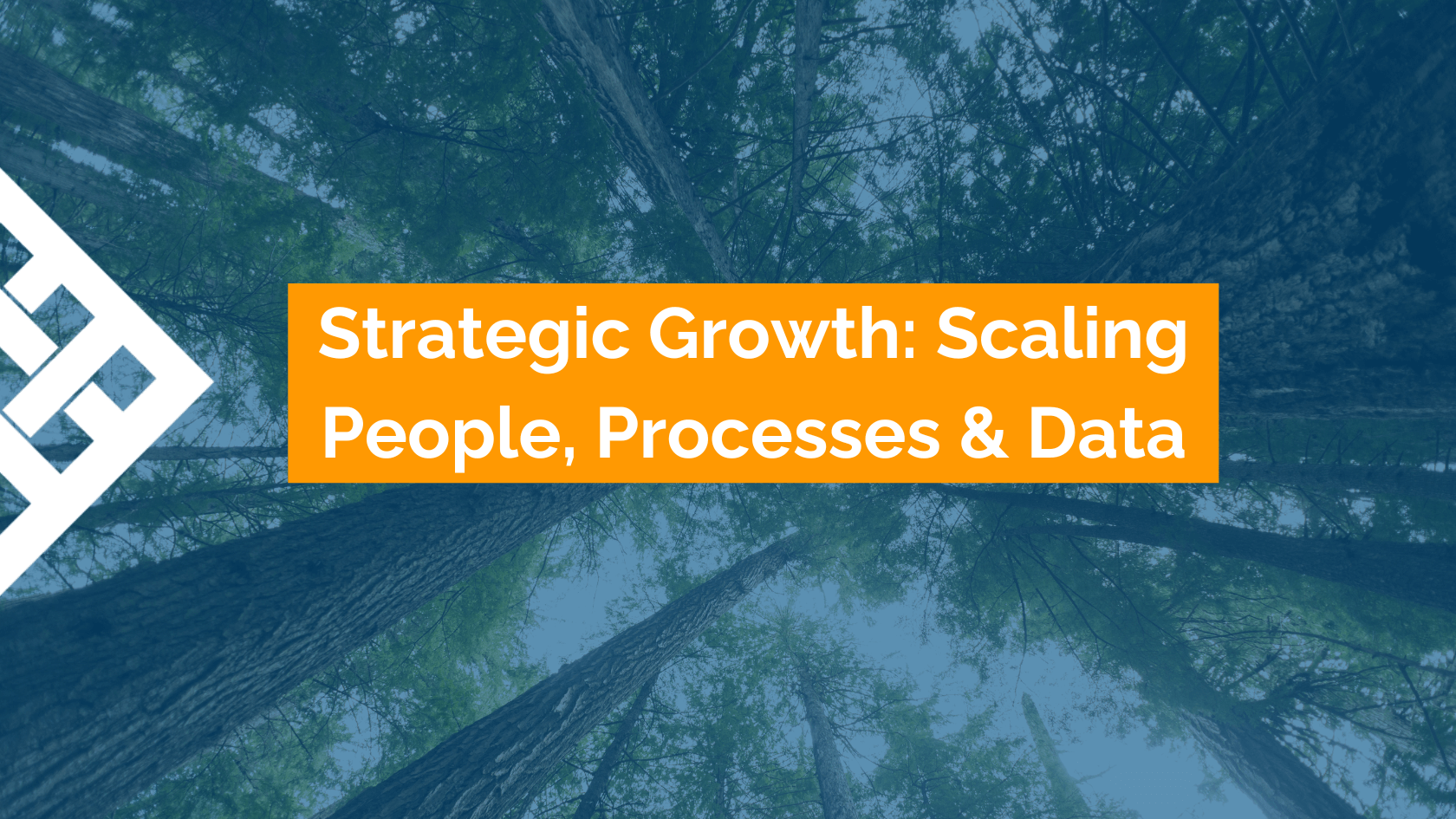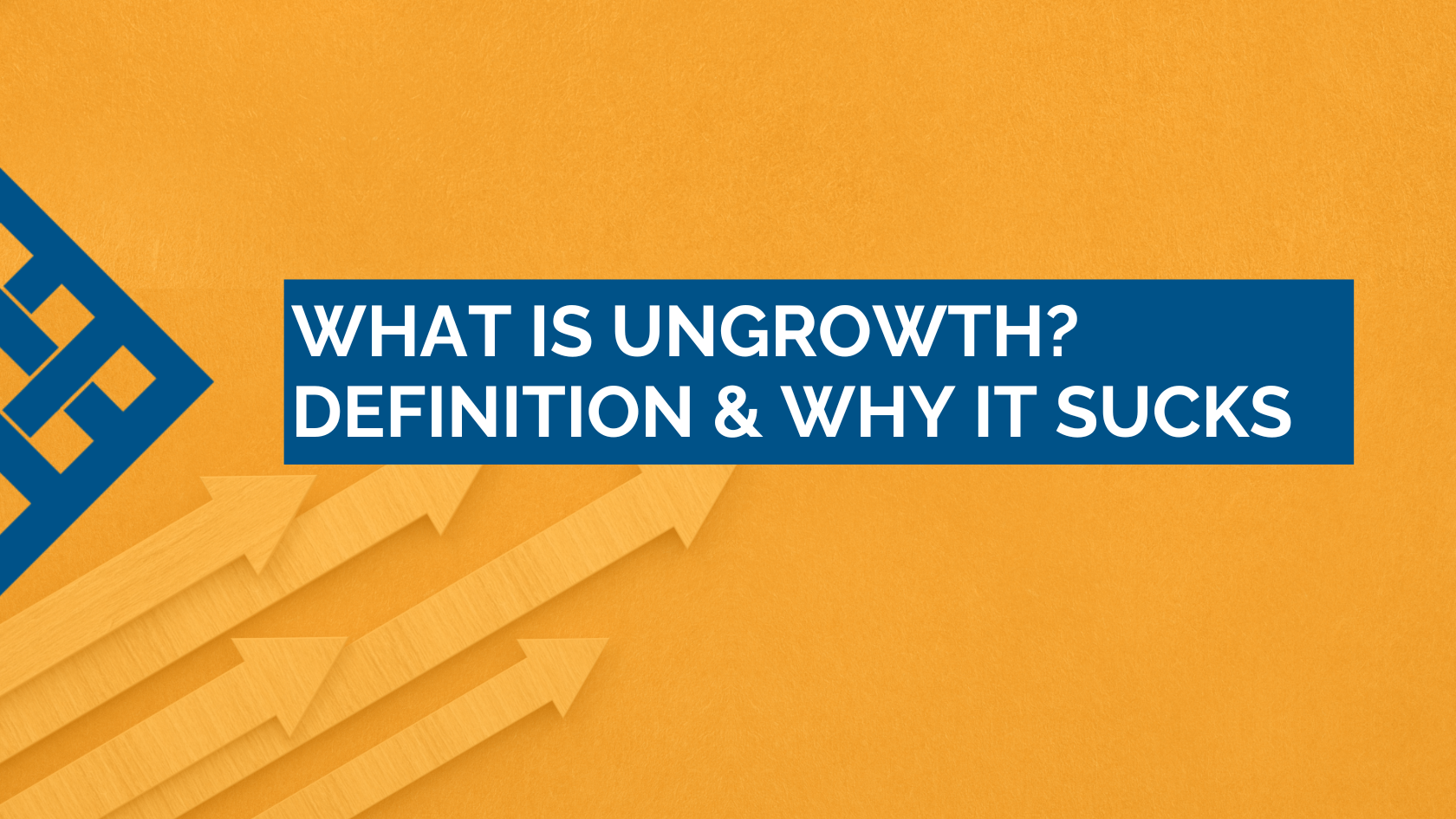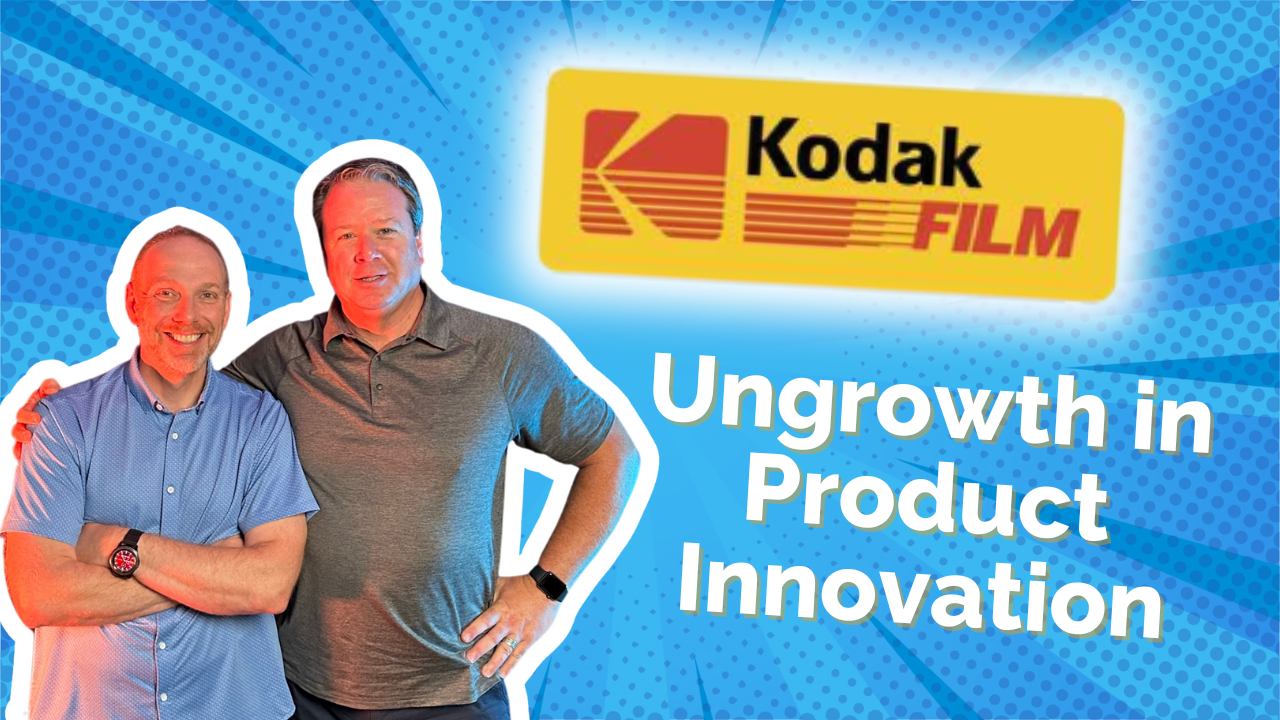
“Growth.” It’s a small word with an enormous array of meanings.
From yearly tick marks on a door documenting a child’s height, to personal and professional development through learning and experiences, it encompasses all forms of progress and change.
“Growth” in business usually refers to an increase in the company’s size, revenue, or market share over time.
But “strategic growth” is planned – more deliberate and geared toward optimizing processes, data, and people.
Understanding Strategic Growth
Strategic growth entails a detailed plan encompassing hiring for specific needs, streamlining operations, and incorporating data-driven decision-making.
Think in terms of captaining a sailboat versus a large cruise ship.
The sailboat captain can pivot and adjust quickly and easily due to the vessel’s small size and simplicity.
However, a cruise ship needs complex navigation technology, a cruise director, food and entertainment staff, and detailed itineraries to keep thousands of guests happy and in line.
Effective scaling is critical for a business to move toward strategic growth.
Strategic growth consulting provides the benefits of a comprehensive strategy for scaling people, processes, and data. It ensures that, like the cruise ship, your business has the necessary infrastructure to handle complexity while maintaining the agility to pivot and make adjustments quickly and efficiently as needs and markets change.
This dual capability is essential for sustainable success, continuous improvement, and successful growth.
The Three Pillars of Scaling: People, Process, and Data
To successfully scale a business, you must address three essential pillars: People, Process, and Data.
Each plays a vital role in ensuring rapid and sustainable growth.
People
Hiring skilled professionals is paramount to successful scaling. Your team is the backbone of your business, and having the right talent in place can make or break your success in confronting the challenges inherent in growth.
But it’s about more than hiring the right people—you also need to manage them effectively.
This is where the concept of elastic teams comes in.
If you’re unfamiliar with the term, it’s pretty straightforward: Static teams follow a fixed structure and capacity, while elastic teams are flexible and can expand or contract based on the company’s needs at any given time.
I’ll go deeper into elastic teams in a future blog, but for now, keep in mind that they’re a valuable option in the right circumstances.
Process
Although it’s the second step, the process is critical for streamlining operations and maintaining efficiency. Consider managing a growing business with the same processes you used when starting out—sound scary?
It should.
Adaptable, efficient processes help reduce waste, save overhead costs, and ensure that each aspect of the business runs smoothly and efficiently.
This can range from automating routine tasks to implementing new software solutions for more efficient operations.
You want to create a well-oiled machine that can manage increased workloads without batting an eye.
Data
Finally… data. It’s one of the most valuable assets a business can have today. I’m not referring to just collecting data but about leveraging that data to make informed decisions.
Access to accurate, real-time data empowers you to identify trends, forecast future demand, and make strategic decisions to drive your business forward.
Data helps you discern what’s effective and what needs improvement to make real-time adjustments. It offers valuable insights into customer behavior, operational efficiency, and market trends for a competitive advantage.
Microsoft Tools and Solutions
Scaling your business is easier with Microsoft's comprehensive suite of tools designed to enhance growth and efficiency. Key Microsoft solutions include:
Dynamics 365
Dynamics 365 is a powerful platform integrating several business applications, including finance, sales, customer service, and operations.
D365 merges these functions to enable streamlined processes, improved collaboration, and a holistic view of your business operations.
This integration can offer a gateway to more informed decision-making and enhanced operational efficiency, which is essential to scaling your business.
Power Platform
The Microsoft Power Platform encompasses Power BI, Power Apps, and Power Automate, and each one plays a vital role in driving business growth:
- Power BI: Visualize your data, uncover insights, and share them across your organization. With Power BI, you can turn raw data into interactive dashboards and comprehensive reports to empower data-driven decisions.
- Power Apps: With Power Apps, you can create custom applications for your business needs without extensive coding. This flexibility enables you to innovate quickly and address specific operational challenges.
- Power Automate: Formerly called Microsoft Flow, Power Automate allows you to automate repetitive tasks and workflows. Streamlining these processes frees you to focus on more strategic activities, increasing overall productivity.
CoPilot (AI)
Microsoft’s AI capabilities are revolutionizing the way businesses operate. Copilot uses advanced AI to support tasks like data analysis, customer interactions, and content generation.
Incorporating AI into your workflows boosts accuracy, speed, and efficiency so your team can focus on more valuable, strategic initiatives.
This suite of Microsoft technologies provides a robust framework for scaling companies, offering streamlined operations and the flexibility and insights to adapt and thrive in a rapidly changing market.
Digital Evolution vs. Digital Transformation
Business growth today demands an understanding of the distinction between digital evolution and digital transformation.
These two approaches to integrating technology with business processes offer different paths to modernization and efficiency.
Digital transformation (DT) Digital transformation (DT) involves a comprehensive overhaul of business processes through digital technology, typically as a large-scale, one-time initiative.
While the potential benefits—such as operational efficiency and competitive advantage—are compelling, the risks can be significant.
The bottom line is that digital transformation will magnify those flaws if people lack the right mindset to change and the current organizational practices are flawed.
Digital evolution, on the other hand, is the continual adaptation and improvement of business processes to meet changing needs.
This ongoing approach allows teams to optimize processes, learn, and adapt to market shifts incrementally for sustainable modernization.
Unlike digital transformation, which is disruptive, digital evolution focuses on steady, incremental improvements, making it a more sustainable strategy for long-term growth.
Grasping the difference between digital evolution and digital transformation is essential for businesses seeking strategic growth. Strategic growth consulting uses these principles to develop tailored solutions that streamline processes, increase efficiency, and support continuous improvement.
By balancing incremental evolution with necessary transformative changes, businesses can achieve sustainable, long-term growth and remain competitive, even in a dynamic market.
Scaling people, processes, and data is essential for any business striving for sustainable growth. By focusing on these three pillars, growing companies can optimize their operations, enhance efficiency, and foster a culture of continuous improvement.
TrellisPoint is a trusted partner to growing companies navigating their strategic growth journey. Our expertise and tailored solutions ensure your organization can scale, adapt to market changes, and achieve long-term success.
Reach out to TrellisPoint to learn more about how we can help your company thrive.
About the Author:
Mike Spence brings over 20 years of experience in sales, marketing, customer experience, and IT to his role as TrellisPoint’s Vice President of Enterprise Delivery and Marketing.
Mike’s deep knowledge of Microsoft Dynamics 365, Power Platform, and Artificial Intelligence helps him devise strategies and solutions that empower businesses to overcome complex problems.

What is Ungrowth? | Definition & Why it Sucks
TrellisPoint coined the word Ungrowth because there didn’t seem to be a word that adequately described the pain and discomfort the companies we work...

The Hidden Costs of an Underperforming CRM & Possible Solutions
Even if your CRM isn’t decades old, it can still become a bottleneck if it’s missing advanced analytics, lacks AI-driven workflows, or doesn’t fully...


